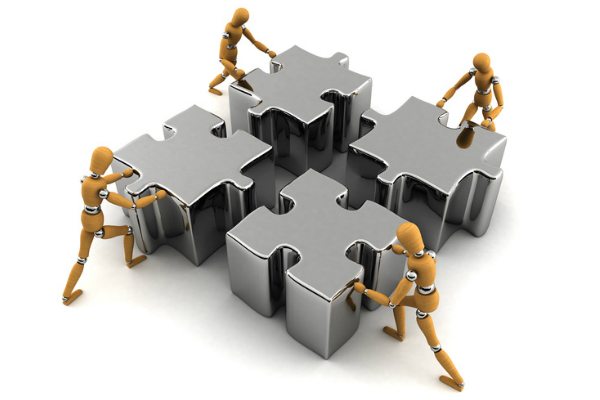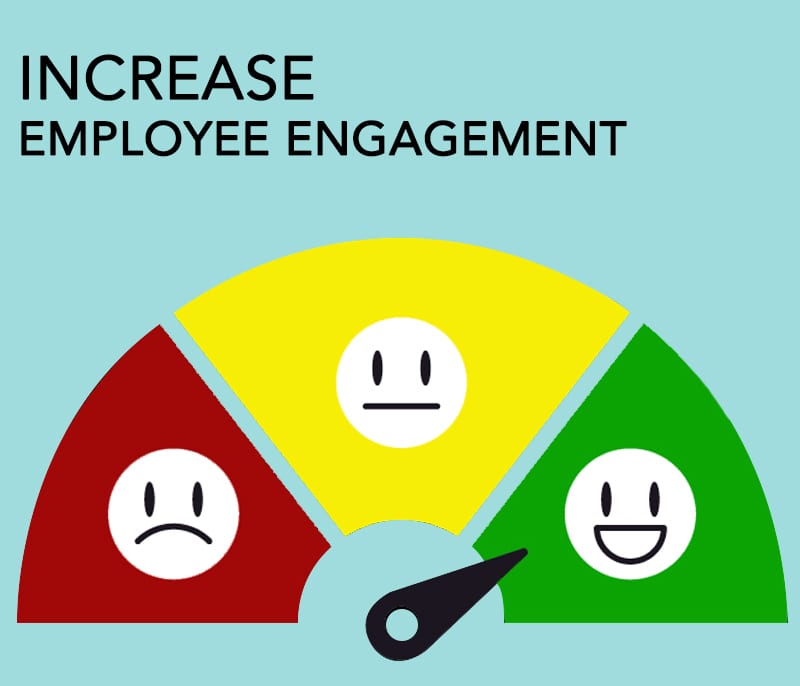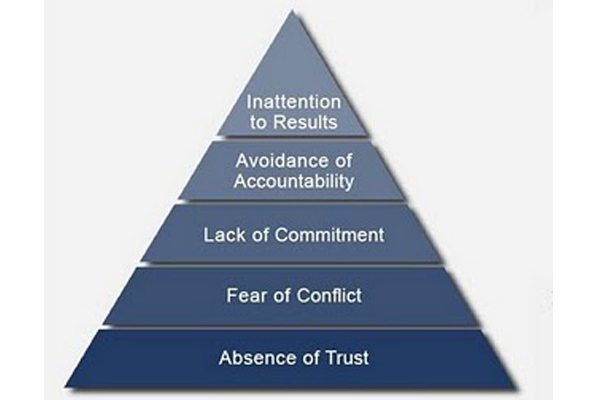What does it require to make a team?
“Great teams do not hold back with one another. They are unafraid to air their dirty laundry. They admit their mistakes, their weaknesses, and their concerns without fear of reprisal.” – Patrick Lencioni
Pixar’s “The Incredibles” was easily the brightest, funniest, and most inspiring film of the year 2004—a multi-faceted team building story with heart.
This film takes familiar clichés from superhero genre and reworks them into the context of down-to-earth family drama. The cartoonish action is secondary to the personal conflicts as the Parrs are the dysfunctional but a loving family that just happens to have superpowers. Superheroes were forced into hiding by the government and whole family is feeling the consequences.
Helen, the super stretchy elastic girl is now a state home mom. Her son, Dash is frustrated by the fact that he can’t compete in sports due to his super fast running speed and older sister, Violet is a shy girl who appropriately enough can turn invisible. Every Parr is unhappy in some way but Helen, Dash and Violet have all adapted better than family Patriarch Bob. Bob, once the unnaturally strong “Mr Incredible” is a selfless hero caught in a soul crushing job and yearns for the glory days when he could fight crime and help people out in the open. Bob is so obsessed with being a super hero that he lies to his wife and becomes a neglectful father.
None of the four main Parr family members is living a fully authentic life – a situation many of us might recognize in our workplaces. And, as is often the case with lives lived unexpressed, the Parrs are each filled with worries and concerns—concerns that they keep mostly to themselves. Bob fears he is nothing without his powers; Helen fears she cannot ensure family security; Dash fears he’ll never get to shine in track; and Violet fears that, alas, she has no worth at all.
Once spurned in his desire to become Mr. Incredible’s sidekick, Buddy grows up to become the evil Syndrome, bent on destroying all superheroes (Mr. Incredible in particular) and setting himself up as the last, true protector of the people. Thrust back into the world of fighting crime, the Incredible family is back in familiar territory — saving the world from Syndrome. In the end, as one might imagine in a family film like this, evil is defeated and goodness prevails. Although the final outcome may be predictable, what a wild and thought-provoking journey the Parrs take along the way—not only as a family, but (just as importantly) as a team.
In the first half of the movie, the Incredibles are your typical disorganized, dysfunctional, low-performance team. They are skillful neither at team unity nor at team efficiency. Let’s take a look at both team components:
1) Team unity, first and foremost, is about trust. Trust is all about vulnerability. Team members who have an absence of trust often conceal their weaknesses and mistakes from one another, hesitate to ask for help. Bob Parr is your classic “stuffer”; he keeps all his worries inside and to himself. Rather than sharing his concerns and frustrations with his family, Bob packs away his fears way down deep, where no one else can see them. Rather than seeking out the support and aid of his loved ones, he races off on dangerous, secret adventures in an effort to prove his manhood. And isn’t this what members of low-performance work teams do as well! Instead of expressing their concerns and worries to their teammates, they keep their dissatisfactions close to the vest.
On the other hand, members of great teams trust one another on a fundamental, emotional level, and they are comfortable being vulnerable with each other about their weaknesses, mistakes, fears, and behaviors. They get to a point where they can be completely open with one another without filters. Bob Parr(the “team leader”) at last “gets real” with his family—a remarkable achievement for someone who is larger-than-life. Finally he confesses his fears: that he craves to be “super” again; that as strong as he is physically, he is not strong enough, emotionally, to lose his loved ones. Most importantly, he realizes that they’re all on the same team and that he needs everyone’s help.
2) The second component, team effectiveness has several important pieces, including:
a) commitment to a common goal
b) Strategy and planning
c) Appropriate employment of one’s resources
The Incredible family begins their story as a team with conflicting goals and objectives. A little hope of becoming an effective team, a fact they soon realize when Buddy comes onto the scene with his evil intentions. Faced with a crisis (Bob’s disappearance), Helen rushes off to save him. Helen, like many team leaders, lacks a clear and coherent plan. She leaps before she looks. Even worse, she fails to assess and make use of her two most important resources: Dash and Violet’s superpowers. But Helen soon makes an important discovery: that by suppressing her children’s superpowers, she is actually putting them at risk. Soon the newly unified and focused Incredibles are off and running as a team. Bob and Helen collaborate with their children; they are a team of “Supers” at last, a group of equals. When they enter their final battle against Buddy and his monster robot, they have a plan – a plan that includes allowing everyone to contribute their special abilities to the fullest.
Ironically, the eventual victory over Buddy is accomplished by the neglected fifth member of the Incredible team: their toddler, Jack Jack. To see the surprising way this plays out, you really will have to go and watch this oscar winning movie.
We all have worries and concerns that we can share with our teammates. We all have our own “superpowers” that need to be expressed if our teams hope to reach their fullest potential. Not every team gets the chance to fight villains and save the world. But they all have vital roles to play in their organizations. Give unity and efficiency a try in your teams at work; you’re in for an incredible ride.










